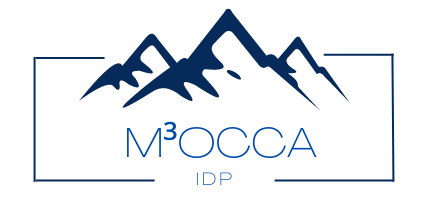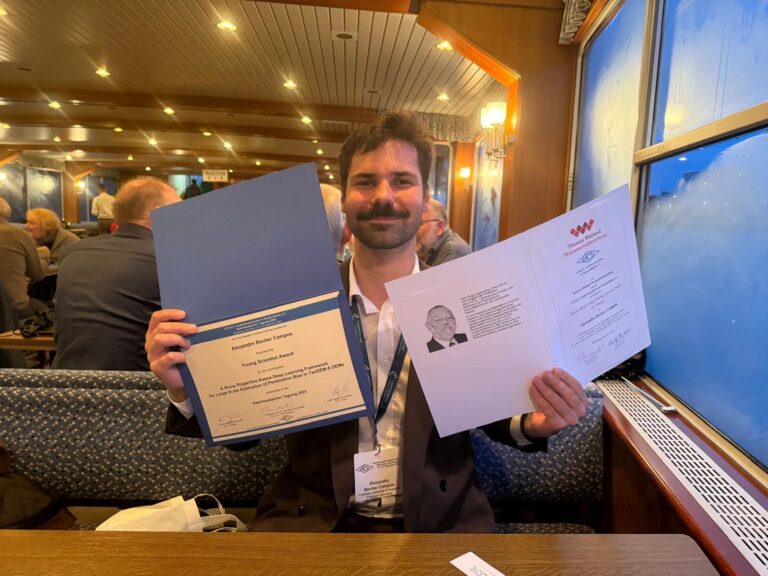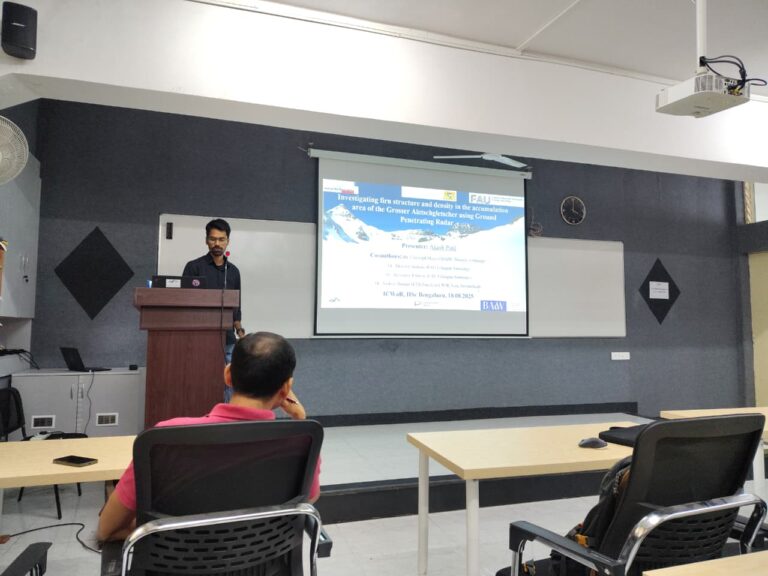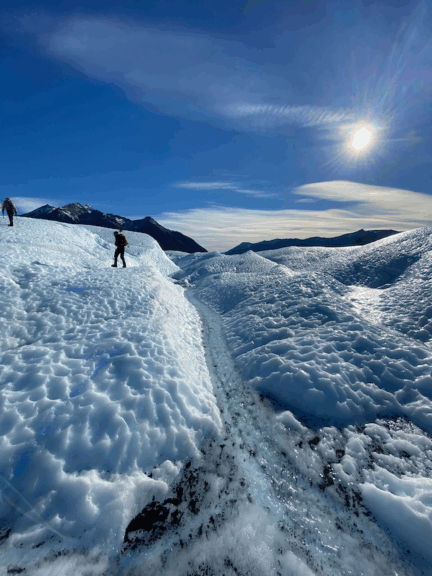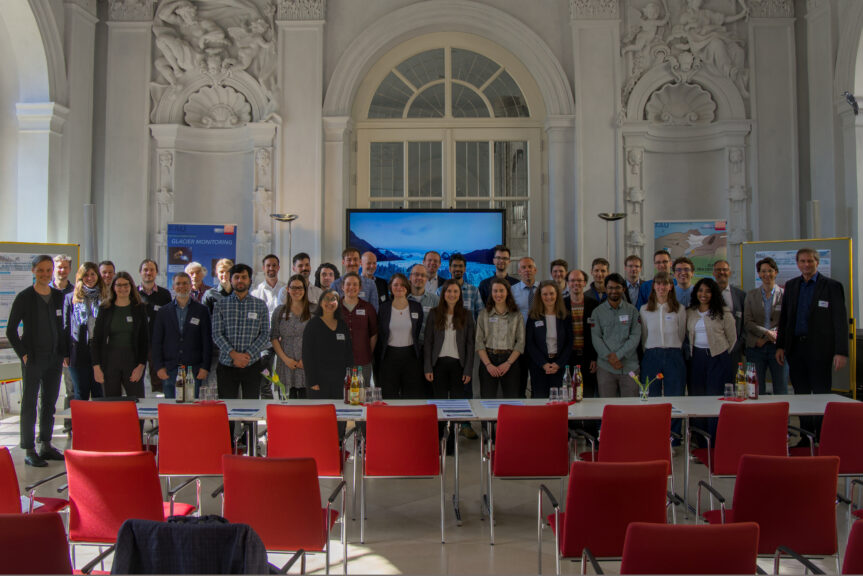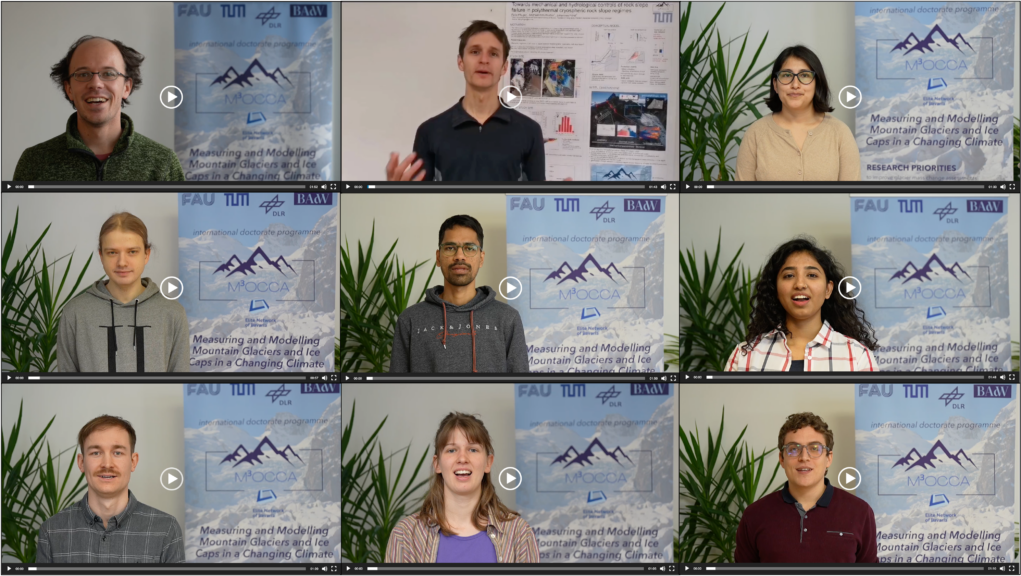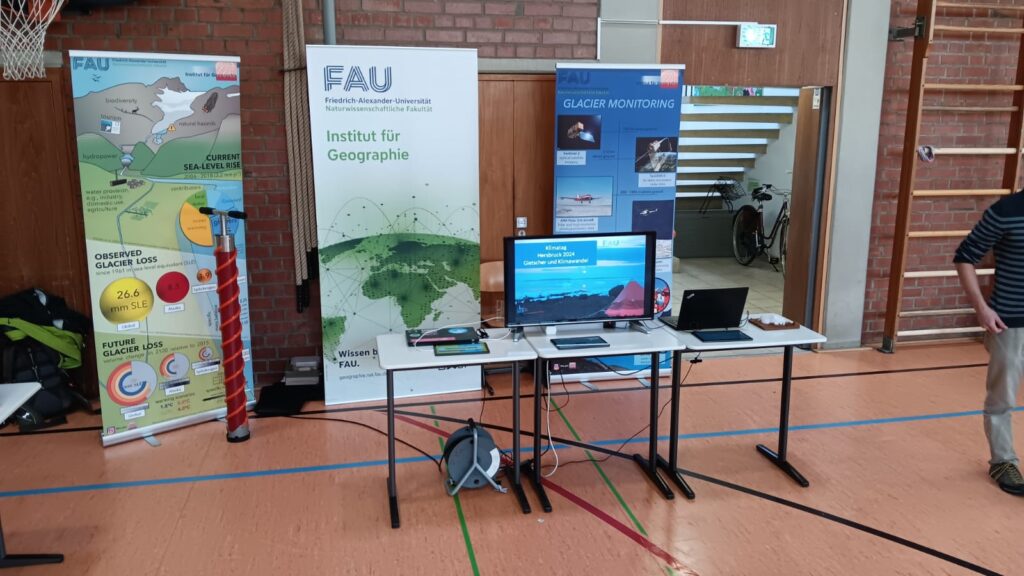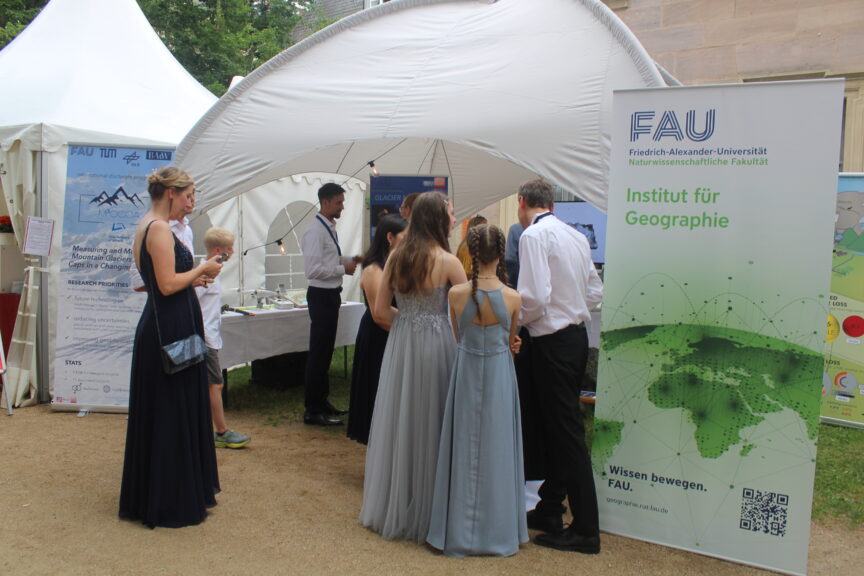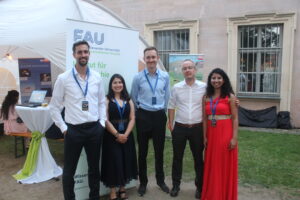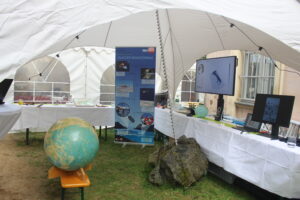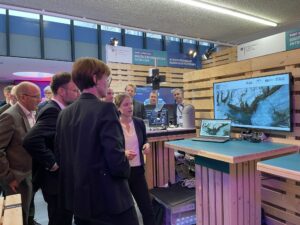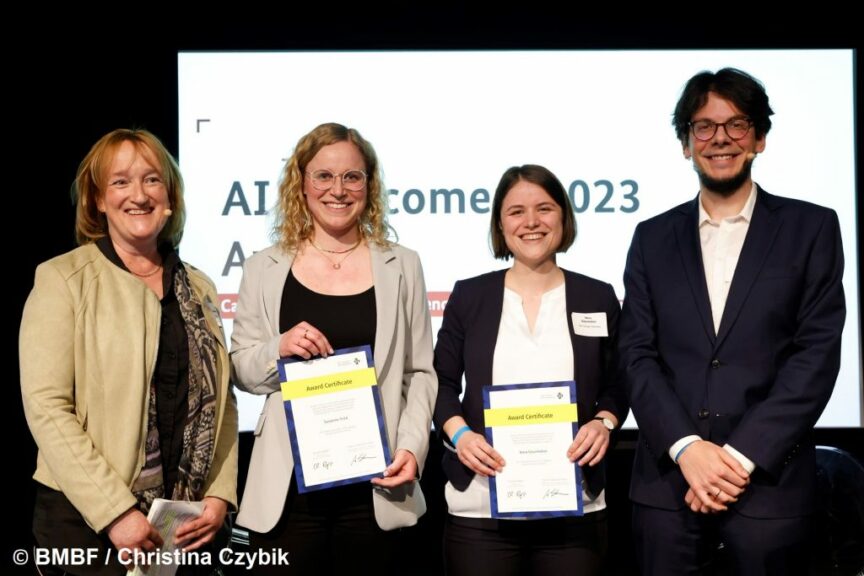The IDP M³OCCA is proud to announce the remarkable international reception of the study “The State and Fate of Glaciar Perito Moreno, Patagonia”, recently published in Nature Communications Earth & Environment (link).
The study led by Moritz Koch, affiliated doctoral candidate of the M³OCCA program, in close collaboration between FAU’s Institute of Geography and the German Aerospace Center (DLR), sheds new light on the dynamics and future of one of the world’s most iconic glaciers. This work exemplifies the strong interdisciplinary collaboration and scientific excellence fostered within M³OCCA.
International Media Coverage
The groundbreaking results have resonated widely beyond the academic community. Major international outlets have reported on the study, including:
- The New York Times: “A Famously Stable Glacier in Argentina Suddenly Looks Anything But” (read here)
- ABC News: “Massive 18-Mile-Long Patagonia Glacier Experiencing Rapid Change” (read here)
- Die Zeit (Germany): “Perito-Moreno-Gletscher in Argentinien zieht sich zurück” (read here)
Additionally, the research has been featured in leading radio outlets, including an in-depth interview for Deutschlandfunk’s “Forschung aktuell” (listen here, minute 10).
Research Impact
The study’s reach is also reflected in its exceptional Altmetric performance (last update 21.08.25):
- Ranked 61st of 197,646 articles of similar age across all journals
- Ranked 1st among all articles of similar age in Communications Earth & Environment
These metrics highlight the outstanding scientific and societal relevance of the work.
A Showcase of M³OCCA Collaboration
The success of this publication underscores the spirit of the M³OCCA program, where young researchers work hand in hand with leading institutions. Lead author Moritz Koch demonstrates the program’s commitment to producing research that resonates both within academia and with the public worldwide.
